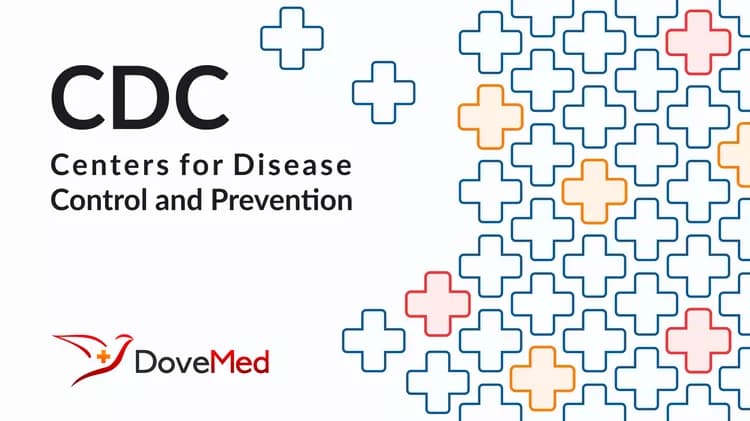
Infections From Some Foodborne Germs Increased, While Others Remained Unchanged In 2012
Infections from some foodborne germs increased, while others remained unchanged in 2012
The nation’s annual food safety report card is out and it shows that 2012 rates of infections from two germs spread commonly through food have increased significantly when compared to a baseline period of 2006-2008, while rates of most others have not changed during the same period. The data are part of the Foodborne Diseases Active Surveillance Network (FoodNet) report released today by the Centers for Disease Control and Prevention (CDC). Infections from campylobacter -- which is linked to many foods, including poultry, raw milk and produce – has risen up to 14 percent in 2012 compared to 2006-2008. They were at their highest level since 2000. Vibrio infections as a whole were up 43 percent when compared with the rates observed in 2006-2008. Vibrio vulnificus, the most severe strain, has not increased. Foodborne vibrio infections are most often associated with eating raw shellfish.
“The U.S. food supply remains one of the safest in the world,” said CDC Director Tom Frieden, M.D., M.P.H. “However, some foodborne diseases continue to pose a challenge. We have the ability, through investments in emerging technologies, to identify outbreaks even more quickly and implement interventions even faster to protect people from the dangers posed by contaminated food.”
While progress had been made in the past few years in reducing infections from a dangerous type of E. coli, Shiga toxin-producing E. coli (STEC) O157, rates in 2012 went back up. Incidence of STEC O157 infection had decreased to 0.95 per 100,000 population in 2010, but last year went back up to 1.12 per 100,000 population. FoodNet, a collaboration among CDC, ten state health departments, the U.S. Department of Agriculture’s Food Safety and Inspection Service (FSIS), and the U.S. Food and Drug Administration (FDA), tracks whether selected infections are increasing or decreasing. Overall in 2012, FoodNet’s 10 sites reported 19,531 illnesses, 4,563 hospitalizations and 68 deaths from nine germs commonly spread through foods.
Campylobacter is associated with eating raw or undercooked poultry, raw milk dairy products, contaminated produce and contaminated water. It is also acquired through contact with infected animals. Campylobacter usually causes diarrhea, stomach pain and fever that resolve in about a week. Vibrio lives naturally in sea water and foodborne vibrio infection is most often linked to eating raw oysters. It is rare, but can cause serious, life-threatening infection, especially in people with liver disease.
In 2011, FSIS implemented new and revised industry performance standards for campylobacter and salmonella, respectively, to decrease the presence of these pathogens in broiler chickens and turkeys.
"The performance standards FSIS implemented are an important consumer protection measure," said USDA Under Secretary for Food Safety Elisabeth Hagen, M.D. “These standards are at the core of USDA’s mission. While tough, they are achievable and a critical tool in our effort to drive down illnesses from these pathogens in Americans each year.”
FDA is working closely with its federal and state partners to better understand the root causes of the increase in Vibrio. In addition, the Agency is implementing the Food Safety Modernization Act.
“New prevention-based rules under the Food Safety Modernization Act will help to reduce foodborne illness in general and new enforcement authorities allow us to take action to keep harmful foods out of the marketplace,” said Michael Taylor, Deputy Commissioner for Foods and Veterinary Medicine at FDA.
People who want to reduce their risk of foodborne illness should assume raw chicken and other meat carry bacteria that can cause illness, and should not allow these foods to cross-contaminate surfaces and other foods. People should also cook chicken and other meat well, avoid consuming unpasteurized milk and unpasteurized soft cheeses. It is always best to cook seafood thoroughly. People at greater risk for foodborne illness with the most severe outcomes, such as pregnant women and people with weakened immune systems, should not eat raw or partially cooked seafood, including oysters that have been treated after harvest. For more information on avoiding illnesses from food, please visit www.foodsafety.gov.
About FoodNet
FoodNet collects information to track rates and determine trends in laboratory-confirmed illnesses caused by nine pathogens transmitted commonly by food: campylobacter, cryptosporidium, cyclospora, listeria, salmonella, STEC O157 and non-O157, shigella, vibrio and yersinia. Annual data are compared with data from a recent period (2006-2008) and with data from the first years of surveillance (1996-1998) to measure progress. FoodNet is a collaboration among CDC, ten state health departments, the USDA’s Food Safety and Inspection Service, and the FDA. FoodNet covers 48 million people, encompassing about 15 percent of the American population. The sites are the states of Connecticut, Georgia, Maryland, Minnesota, New Mexico, Oregon, and Tennessee, and selected counties in California, Colorado, and New York.
###
U.S. DEPARTMENT OF HEALTH AND HUMAN SERVICES
Related Articles
Test Your Knowledge
Asked by users
Related Centers
Related Specialties
Related Physicians
Related Procedures
Related Resources
Join DoveHubs
and connect with fellow professionals

0 Comments
Please log in to post a comment.